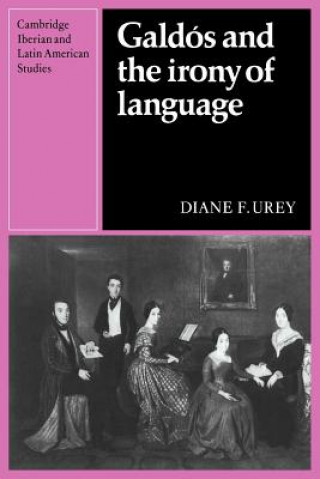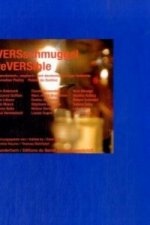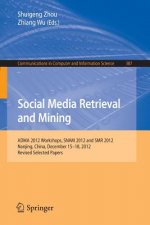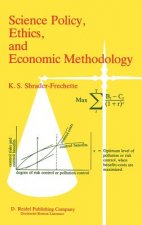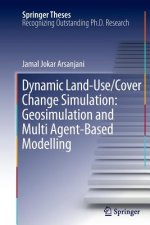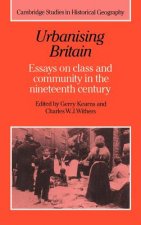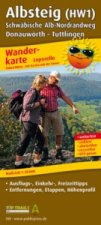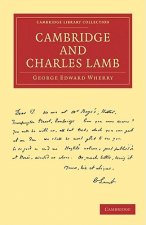
Doručení
Nákupní rádce





Nehodí se? Vůbec nevadí! U nás můžete do 30 dní vrátit
 Dárkový poukaz
V libovolné hodnotě
Dárkový poukaz
V libovolné hodnotě
S dárkovým poukazem nešlápnete vedle. Obdarovaný si za dárkový poukaz může vybrat cokoliv z naší nabídky.
Galdos and the Irony of Language
 Angličtina
Angličtina
 110 b
110 b
30 dní na vrácení zboží
Mohlo by vás také zajímat


Benito Pérez Galdós was the foremost Spanish novelist of the nineteenth century. His novels are frequently compared with those of Dickens and Balzac, and considered examples of nineteenth-century realism. In a speech before the Spanish Academy of Language, Galdós himself declared that the novel is 'an image of life'; scholars have often considered that image to be an uncritical reflection, or even a biased misrepresentation of the Spanish society of the time. This book shows, by detailed analysis of Galdós narrative techniques, how his novels display a much more skeptical and ironical attitude toward the ability of language to represent reality, than has previously been recognized. Rather than attempting to judge the accuracy of Galdós' image of life the author analyzes the linguistic means by which the novels recreate life in their own image. With close and discriminating attention to detail the author illustrates Galdós' narrative irony with examples from the serie contemporénea, the most highly acclaimed period of his writing. She analyzes the ironic possibilities under three main headings: depiction of characters, description of places, and the narrative voice. A final chapter describes the fusion of these devices in the novella Torquemada en la hoguera. This clearly argued study, structuralist in approach and sensitive to nuances of style and language, will appeal to students of modern critical theory and comparative literature as well as to Hispanists.
Informace o knize
 Angličtina
Angličtina
Kategorie




 Jak nakupovat
Jak nakupovat















